Are British roads capable of catering for autonomous vehicles?

This year, the UK became the first country to allow self-driving cars on motorways at low speed. The country is making incredible progress in the trials for autonomous vehicles and is funding innovative projects that will pave the way towards the transport revolution. Technological advancements in terms of AVs are at the forefront of this […]
Yodel enhances fleet safety with SmartDrive
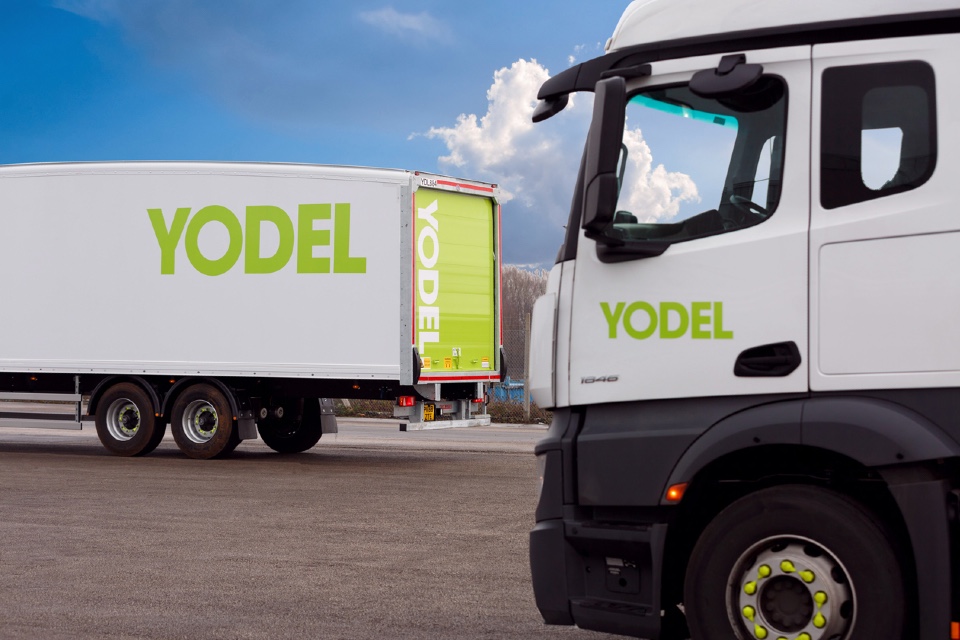
Yodel, the UK independent parcel carrier, has enhanced its fleet safety programme and reduced collision rates over its HGV fleet, using SmartDrive Systems’ managed service video-based safety programme. The company operates a proactive, ongoing safety improvement programme – implementing the latest technology across all aspects of its fleet to ensure continuous improvement. The investment in […]
When the clocks go back, vehicle attacks increase. Are you prepared?

By Locks 4 Vans As a Fleet Manager you are responsible for reducing costs, improving efficiency and ensuring compliance across your operation. As the darker evenings draw in, one aspect that undoubtedly moves up the agenda at this time of year is vehicle security. We see a sharp increase in vehicle attacks during autumn and […]
For safety’s sake, when was the last time you checked your fleet and drivers?

By DriveTech DriveTech, leaders in driver risk management and driver training and from the AA, have a new PULSE Fleet Risk Health Check service that could really help you save money and lives. PULSE is a comprehensive and actionable fleet risk health check for the business community covering policies, drivers, vehicles and journeys – helping […]
Lytx’s MV+AI technology explained

By Lytx The innovative DriveCam® helps improve fleet safety by watching for risky driving behaviours on the road and in the vehicle. The device’s advanced machine vision (MV) and artificial intelligence (AI) technology analyses driver behaviour and nearby vehicles to determine how a driver is performing relative to their surroundings. Specific driver behaviours such as following too closely or texting while […]
Lightfoot backs Brake’s National Road Victim Month

Lightfoot, the award-winning in-cab driver technology and rewards platform, has announced that it is one of the chief sponsors of a major new virtual fleet safety exhibition being run and organised by Brake, as part of National Road Victim Month. The Global Fleet Champion Virtual Fleet Exhibition, which takes place this August, sees several of […]
68% think In-car technology is a dangerous distraction
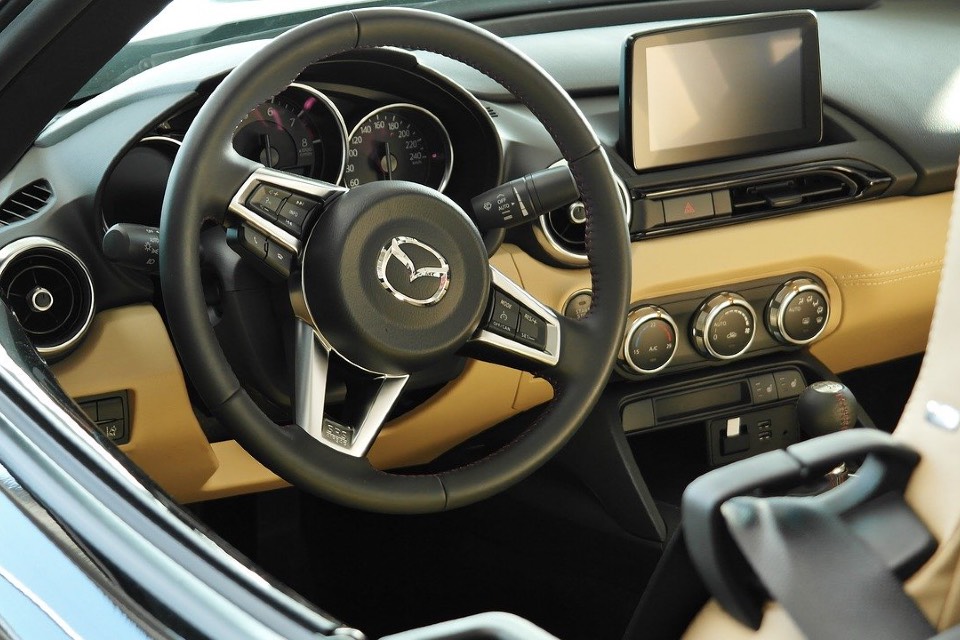
68% of motorists say they’ve noticed an increase in other drivers being distracted by dashboard controls or using their mobile phones, but just 13% admit to being side-tracked themselves when driving. The somewhat paradoxical findings are from a survey carried out by Venson Automotive Solutions that also shows that while 38% of drivers use hands-free/Bluetooth […]
Redstone Rail enhances driver safety
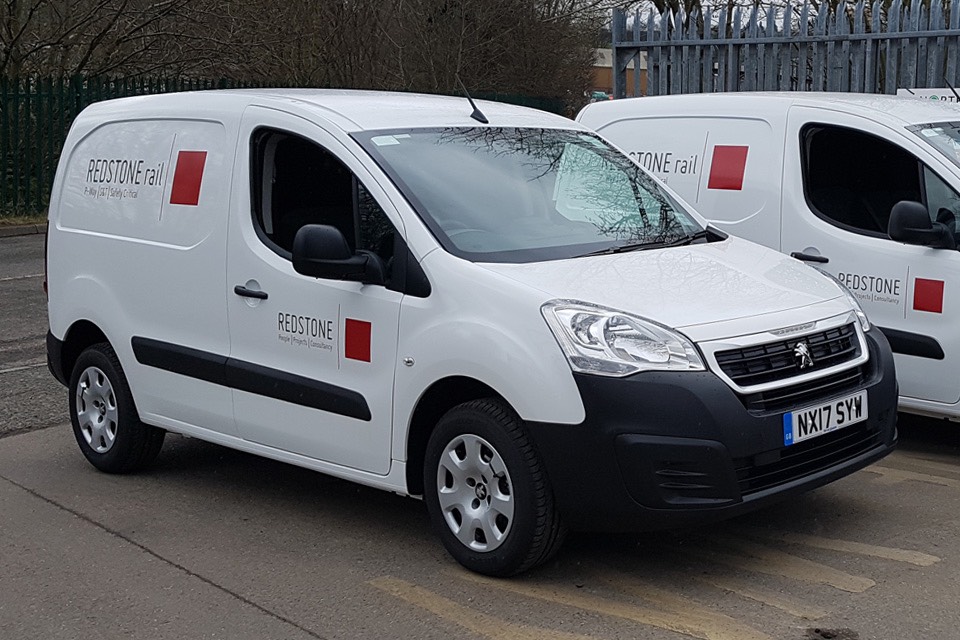
Real-time audible feedback proves incredibly effective in changing driver behaviour in less than two weeks. Redstone Rail Ltd, a market leader in the supply of specialist engineering resource to the Rail industry, has announced that it has installed Lightfoot’s award-winning in-cab technology across its fleet of 30 commercial vehicles. Introduced to ensure enhanced safety, Lightfoot’s driver […]
Roger Bullivant Ltd gains massive benefit from Lightfoot
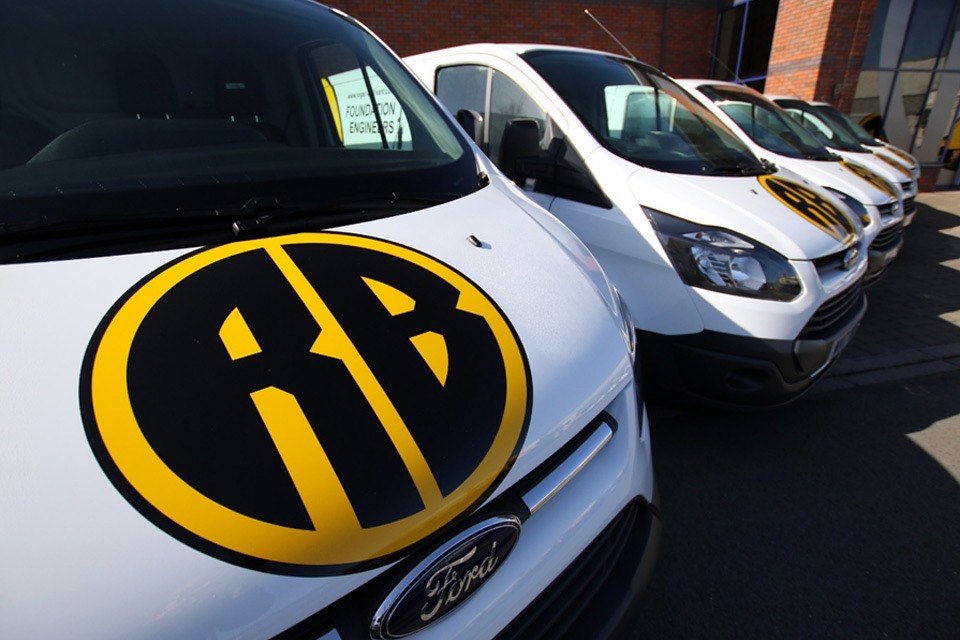
Using Lightfoot’s industry-leading driver rewards platform, Roger Bullivant Ltd has vastly reduced instances of poor or dangerous driving, significantly reduced vehicle idling by 7% and increased MPG by 8%, directly resulting in fuel savings worth thousands of pounds per month. Impressed by the impact that the in-cab device, app and rewards platform has had on its […]
SEAT experimenting with driver fatigue detection tech
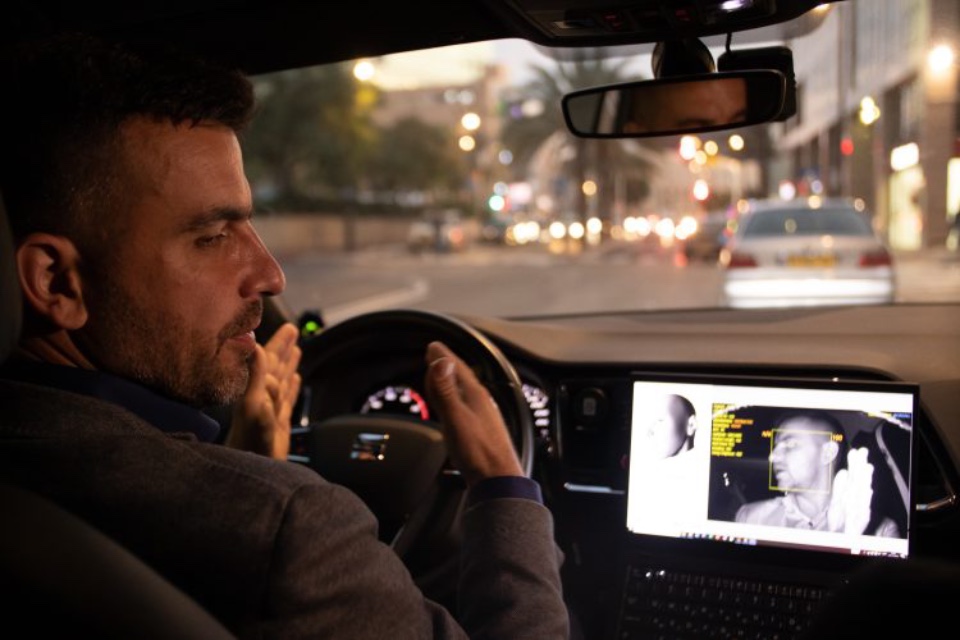
SEAT is experimenting with technology that studies a driver’s eyes and head movement to detect if they’re falling asleep, as part of its Xplora innovation hub initiative and ongoing partnerships with Israeli start ups. The manufacturer has partnered with Eyesight Technologies, which uses advanced computer vision and artificial intelligence to improve road safety. The firm, […]


